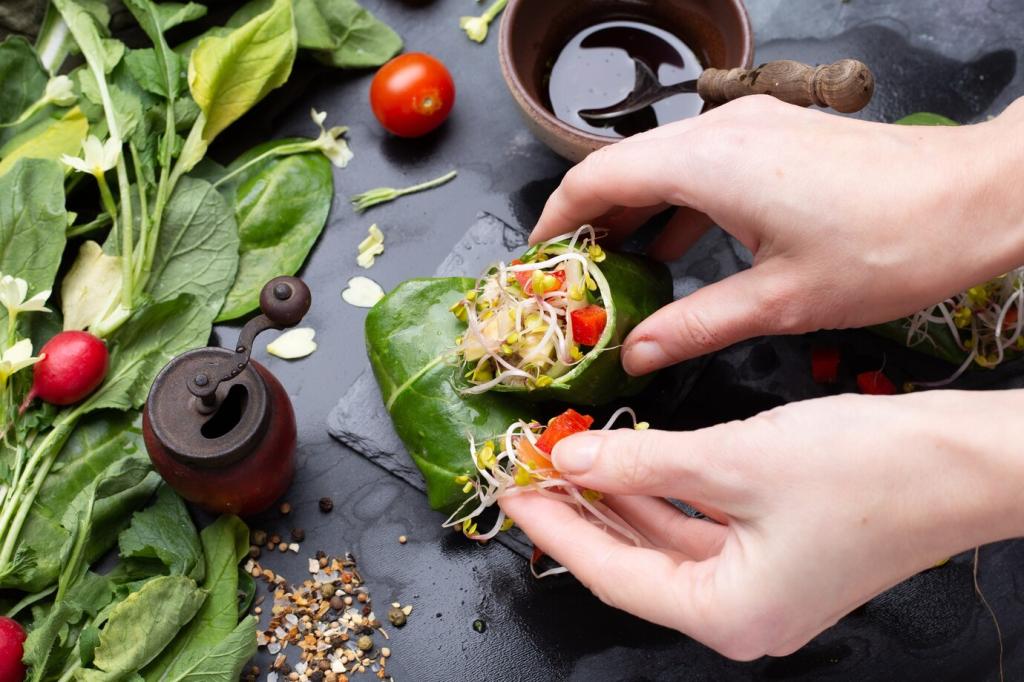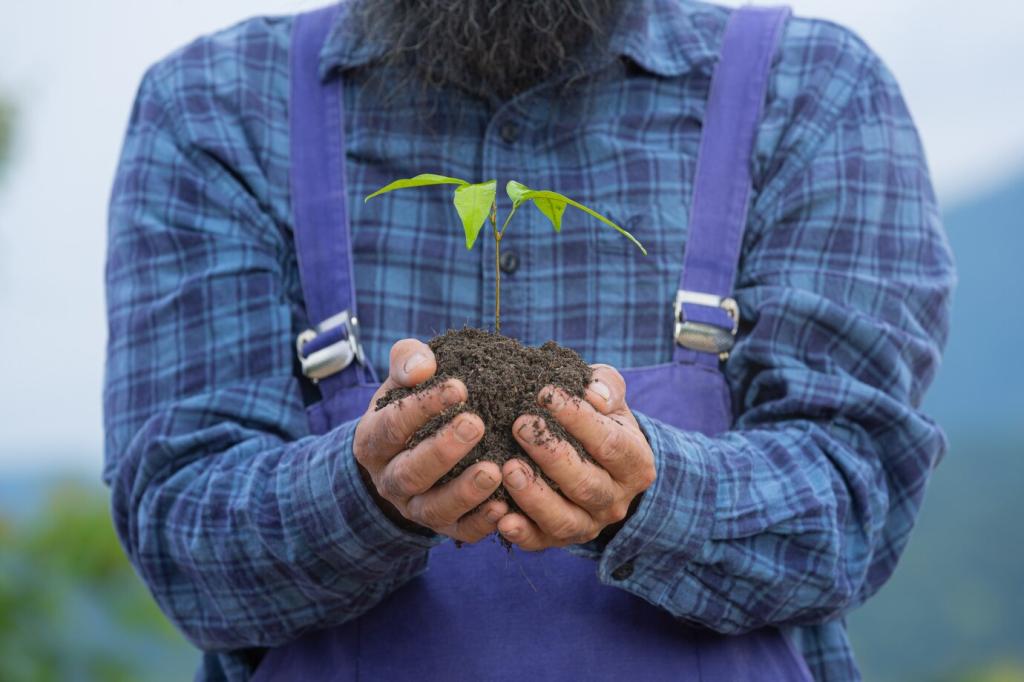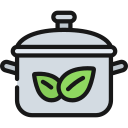Creating a Pollinator-Friendly Kitchen Garden
Chosen theme: Creating a Pollinator-Friendly Kitchen Garden. Welcome to a home-grown haven where bees, butterflies, and beneficial insects turn your herbs and vegetables into a vibrant, productive ecosystem. Let’s grow flavor, color, and life together—subscribe for seasonal tips and share your garden wins!
Why Pollinators Matter to Your Plate
About three-quarters of global food crops benefit from animal pollination, and many kitchen staples respond with higher yields and better shape. When your basil blooms, bees arrive; when bees arrive, your peppers thrive.


Why Pollinators Matter to Your Plate
Last summer, I left a ring of sweet alyssum around the tomatoes. Within weeks, hoverflies hovered like tiny helicopters, and fruit set jumped noticeably. Share your own garden stories in the comments!
Mix heights: low thyme and creeping oregano, mid chives and calendula, taller dill and fennel. Layered structure creates microclimates, reduces wind, and offers landing zones for butterflies and native bees.

Herbs That Do Double Duty
Basil, thyme, oregano, mint, chives, dill, and fennel become pollinator magnets when you let some stems flower. Harvest leaves from non-blooming stems while the blossoms feed bees and lacewing allies.
Vegetables Worth Letting Bolt
Allow a portion of arugula, cilantro, bok choy, and radishes to bolt. Their delicate flowers draw bees and hoverflies, while seed pods provide future sowing material and crunchy pickling possibilities.
Native Companions Beside Edibles
Pair kitchen beds with native bloomers like bee balm, coneflower, asters, and goldenrod. Native plants match local pollinators’ needs, extending forage and stabilizing your garden’s mini-ecosystem through seasonal shifts.
Water, Shelter, and Safe Care
Fill shallow dishes with fresh water and pebbles for safe footing. Change frequently to prevent mosquitoes. A slow-drip hose or clay olla also maintains soil moisture for plants and nearby visitors.
Water, Shelter, and Safe Care
Leave a small patch of bare soil for ground-nesting bees and tuck bundles of hollow stems in a dry corner. Avoid heavy fall cleanup; leaf litter shelters helpful insects through winter.

A Year-Round Bloom and Harvest Plan
01
Spring Starters
Sow chives, borage, and calendula early. Let overwintered kale and mustard flower briefly before removal. Early blossoms fuel emerging bees while your soil warms for tomatoes and peppers.
02
Summer Abundance
Stagger plantings of basil and dill every few weeks. Pinch some basil for leaves, leave some to bloom. Add sunflowers and zinnias to guide pollinators toward cucumbers, squash, and melons.
03
Late-Season Lifelines
As nights cool, asters, goldenrod, and late cilantro blooms keep pollinators fed before winter. Harvest seeds from dill and coriander for spice jars, baking, and next year’s sowing adventures.
Observe, Share, and Grow Together
Keep a Simple Field Notebook
Record first blooms, common visitors, and weather quirks. Noting which basil varieties attract the most bees helps refine plant choices and boosts both harvest and habitat every season.
Join Citizen Science
Log pollinator sightings with community projects or apps to support local biodiversity mapping. Your data helps protect habitats and guides others building kitchen gardens that truly welcome wildlife.
Invite Conversation and Subscribe
Post your favorite pollinator plant pairings and ask questions below. Share photos of buzzing blooms, recommend seed sources, and subscribe for monthly planting guides, bloom calendars, and neighbor-tested recipes.
